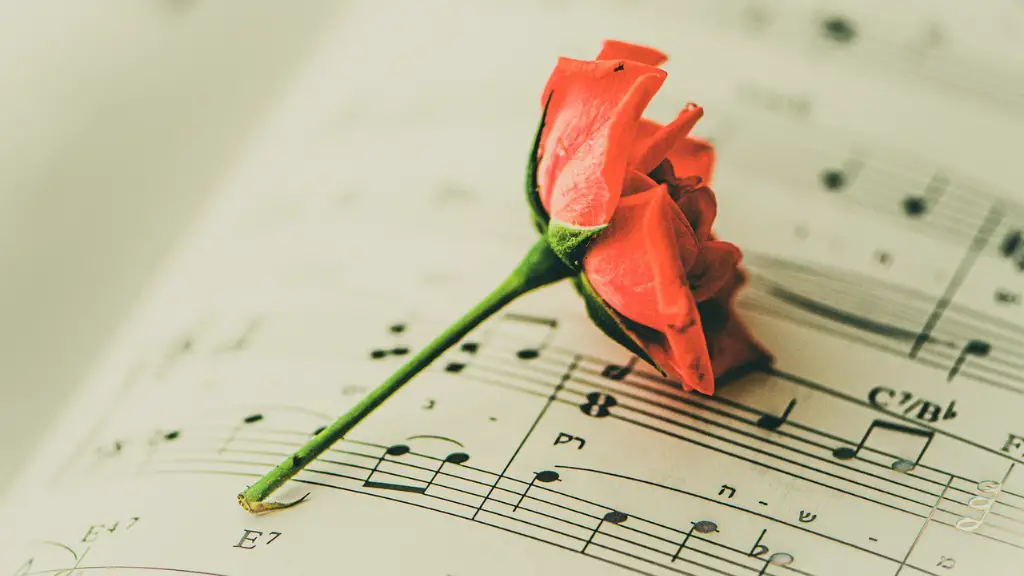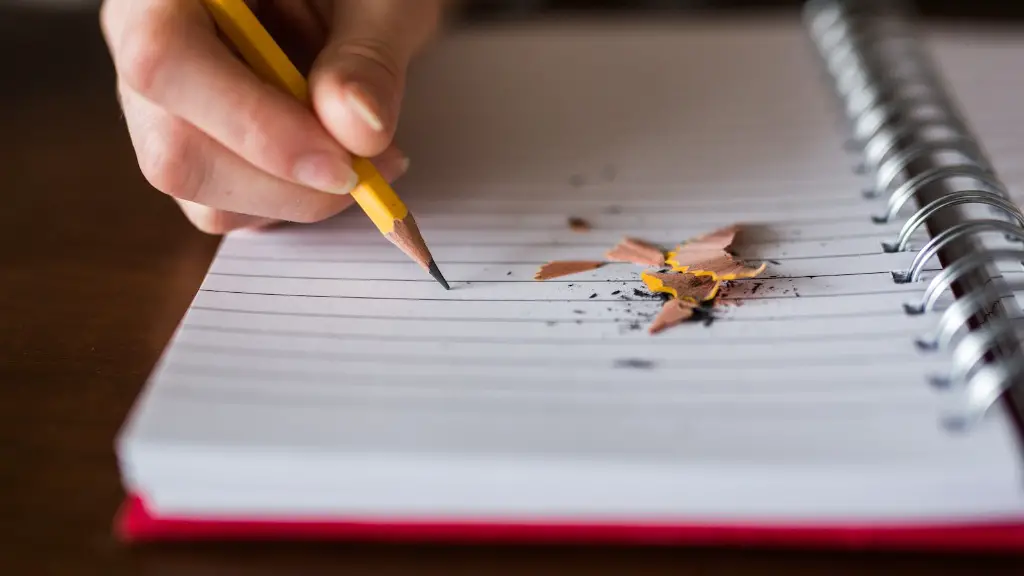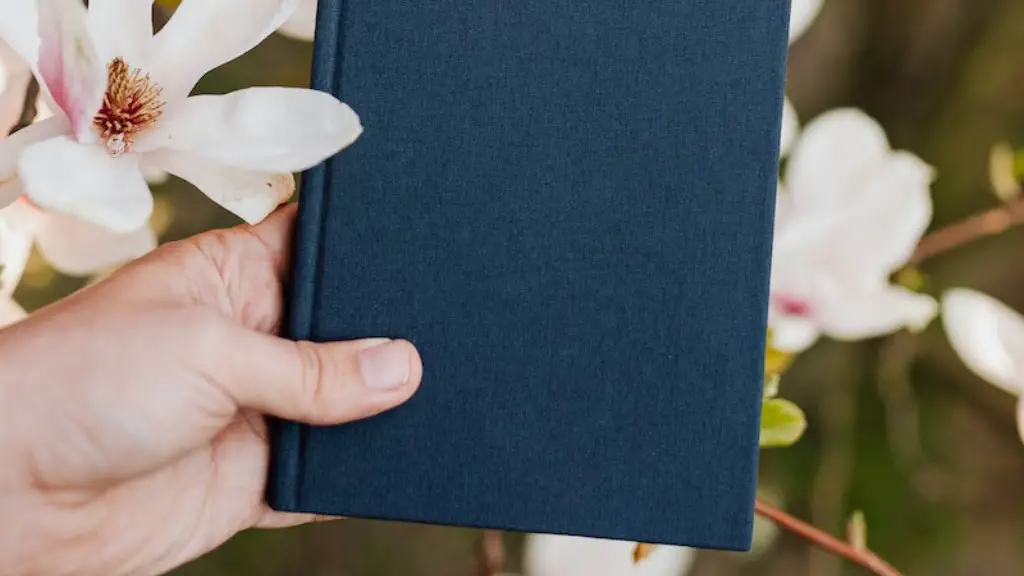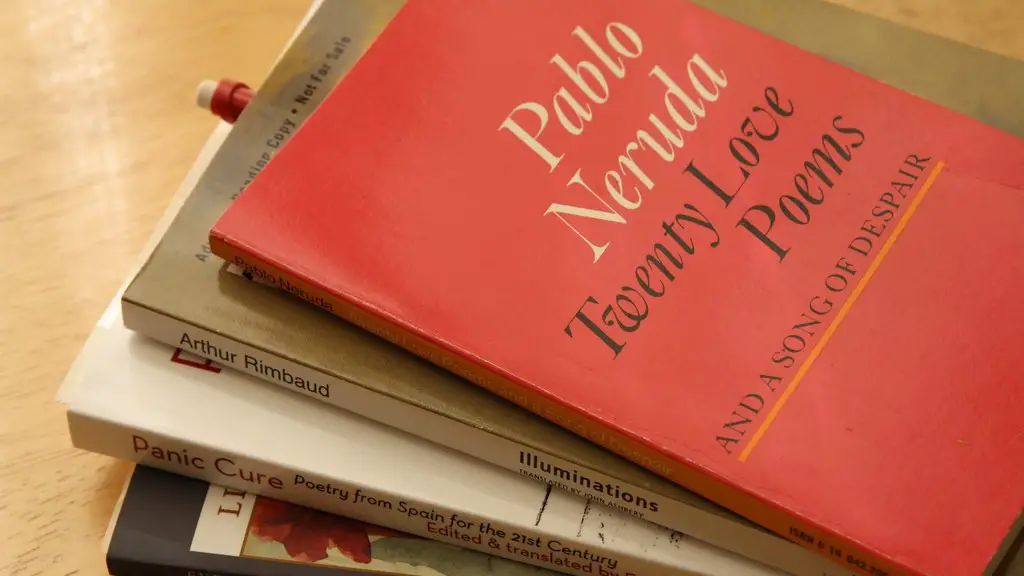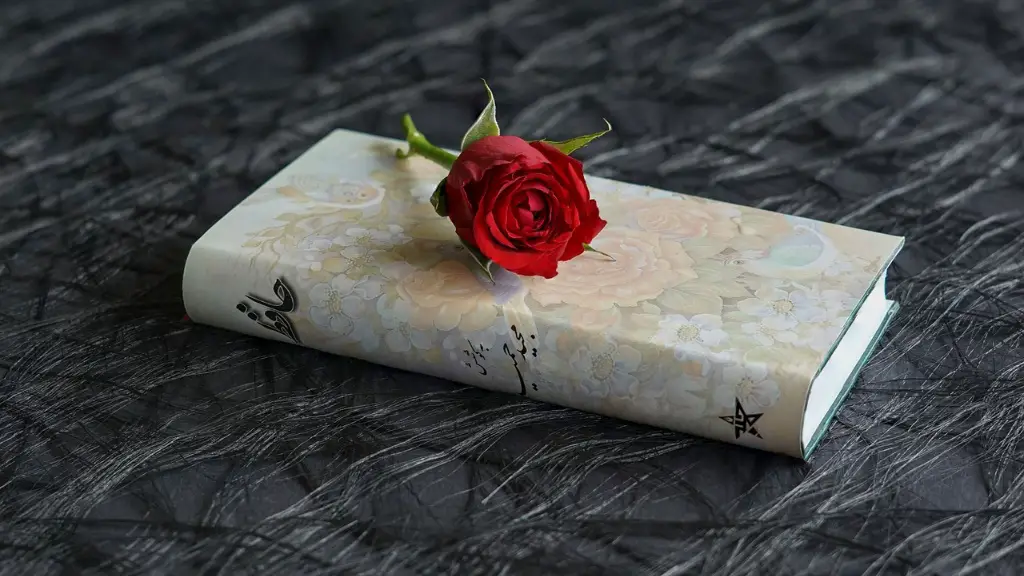Is poetry art? Whether it is visual art or music, poetry is considered as one of the oldest forms of human expression. Thought provoking and open to interpretation, poetry has been used by some of the greatest writers, philosophers, and painters throughout history to communicate their ideas, thoughts, and feelings. Poetry has many elements that are shared with other forms of art such as imagery, emotion and how the words sound on the page. Some may say poetry is not really a form of art due to its subjective nature, but this is simply not true.
Poetry does not require the same level of skill as other art forms, but it certainly requires more knowledge and thought than many other forms. One needs to consider the use of language, imagery, and allusions to express meaning effectively. It is not just about writing down words that rhyme and then declaring it a poem. Instead, it requires a poetic sensibility and a knowledge of language to create meaningful art that speaks to an audience.
To evaluate whether or not poetry is an art form, one must consider the emotions, messages, and ideas it brings across to its readers. Poetry can evoke feelings, reflect reality, and express ideas and thoughts in an original and creative way. It is ultimately up to the reader to decide what they may or may not take away from a poem, but the poet has to trust his or her own creative interpretation to craft something people will understand and appreciate.
In this sense, poetry can be seen as an art form that allows those who read it to escape their own reality and delve into the world of the poet. It can inspire, comfort, and challenge readers in ways that traditional fiction or non-fictional literature often cannot. Thus, poetry can be seen as a form of art, that is created with an artistic intention and using techniques that are valued in the art world.
Ultimately, poetry is a form of art and expression that is unique, abstract, and powerful. To categorize poetry as not being art would be to disclaim the creativity, expression, and craftsmanship used by many a poet in creating their works.
Poetry as Self Expression
What makes poetry such an incredible art form is that it often serves as a source of self-expression. It’s a way to communicate emotions, thoughts, and feelings in a creative and meaningful way. Poetry is also a great outlet to explore the unknown and make sense of life’s complexities. It helps to process challenging experiences, traumatic events, and our own feelings and reactions.
Poetry can also be used to reach out to the world and make a positive statement about it. It can speak for the voiceless and shed light on topics such as injustice, violence, and poverty. It can be used as a tool for revolution and reformation. Many poets have used their art to stand up to oppressive regimes, speak out against violence, and promote social change. It is this power of poetry as self-expression that makes it so powerful and meaningful.
Poetry can also be used to foster connection and understanding amongst humans. It offers a way to build bridges between cultures and people of different backgrounds. Through poetry, one can share their pain and joy, learn from others and even find common ground.
Overall, poetry is a powerful and effective means of expression that can be used to connect, empower, and bring forth social change.
Poetry as A Tool For Art Education
Poetry can be especially powerful in the classroom. It can be used to engage classroom discussion and expand students’ literary knowledge. It gives students an opportunity to explore language and its power, as well as open up their minds to new and creative ways of understanding the world. Reading, writing and discussing poetry with students creates an environment of critical thinking, active listening and verbal articulation.
Poetry has also been used to open discussions on social issues such as race, ethnicity, gender, and sexuality. The power of poetry to bring about self-reflection, empathy, and understanding is essential for teaching tolerance, respect and inclusion.
In addition, poetry can also be used to teach young people about the power of language. Exploring different kinds of poetic forms and understanding how to use language effectively are all valuable skills in life. Through poetry, students can develop their writing and communication skills, as well as understand the nuances of language and its ability to convey meaning.
Teaching poetry to students is an important part of art education. It can help students to develop their own voice, share their ideas, and foster a love of literature.
Poetry as A Form of Performance Art
Poetry can also be a form of performance art, where the poet and their words are the focal point. Through performances, poets can direct audience’s attention towards their work, allowing them to connect with their work in a way that is not possible through a page. With performance, poets can create an atmosphere of emotion, allowing them to communicate the feelings behind the work more effectively.
There is a certain energy and magic to poetry when it is showcased in a performance. It is not just about the words, but also about how they are spoken, the inflection in the voice, the rhythm and timing of the delivery. It is an incredibly powerful tool, and it can be used to move an audience like no other art form.
From on-stage slams and open mic nights, to the spoken word movements that have sprung throughout the world, poetry can have a great impact when it is done in a performance.
Poetry as A Cultural Art
Amongst its many functions, one of the most important roles of poetry is as a cultural art form. Poetry has long been used as a way to explore a culture’s views, values and beliefs. Poets have used their work to bring attention to certain political, social, and cultural issues that are relevant to the society in which they live. They use their words to discuss, explore and sometimes challenge those issues.
Additionally, poetry can also be used to help document a culture’s history. It can capture a certain group’s story and offer an insight into the events and experiences of a past generation. By preserving these stories, poetry keeps history alive for future generations.
From indigenous cultures to each and every nook and corner of the world, poetry is an important part of a culture’s identity and heritage.
Poetry as A Tool For Healing
Poetry can also be an invaluable tool in the healing process. Writing and expressing feelings can be an incredibly cathartic experience that can help with releasing pain, hurt, and fear. Reading the words of others can help to normalize our experiences and create a sense of community and understanding.
Poetry can also be used to better understand our identity and explore different aspects of our selves. Writing can be a way to process difficult emotions and experiences, and it can also be a way to celebrate our joys and triumphs. It is a powerful tool in helping us to gain insight, understanding and acceptance of ourselves.
In this sense, poetry can be a powerful tool for healing and self-growth. It can be used as a way to let go of the hurt and trauma of the past, so that we can move onto the future with new found understanding and growth.

